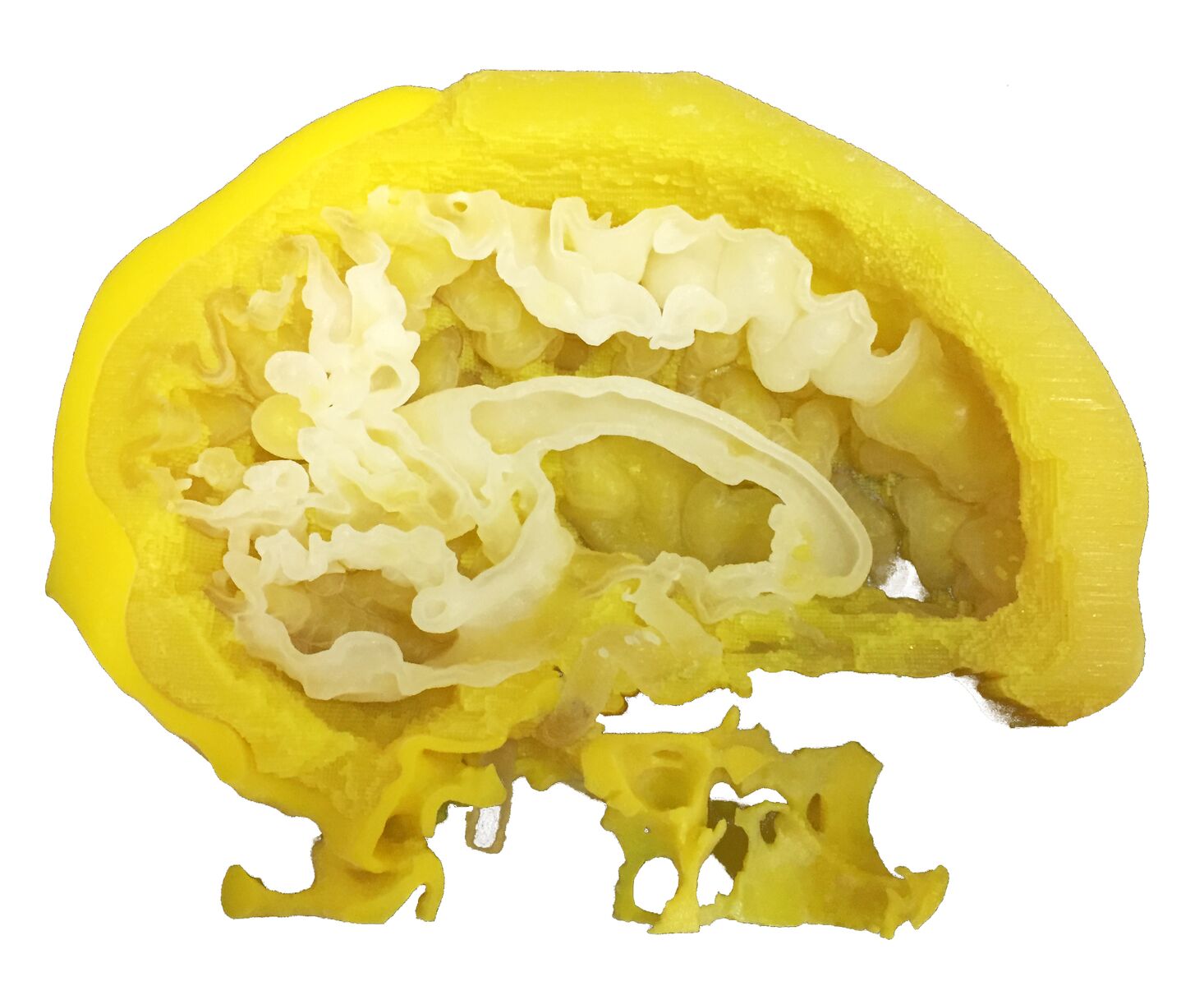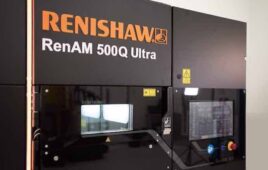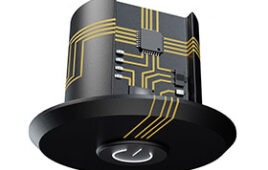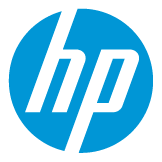There was a time not too long ago that the latest 3D-printing achievement—a car, satellite antenna, or even a house—dominated news cycles. The hype bolstered awareness of the technology, but it didn’t truly demonstrate 3D printing’s full impact—namely, its business impact. Increasingly, the technology’s true potential is being realized by more companies as they integrate it into their manufacturing processes.
One particular benefit of the technology is how it is reshaping supply chains. 3D printing has yet to completely revolutionize the entire supply chain, as some predicted at the height of the technology’s hype cycle, but it nonetheless has dramatically impacted the supply chain.
To affect supply chains even further, 3D printing has to address a few hurdles, like material and equipment costs and automation. Another obstacle is one companies must overcome internally. Rather than focusing on 3D printing’s technical value, manufacturers should better understand its business value. Still, there are many benefits to implementing 3D printing into your manufacturing process, and companies that have done so are noticing seven key benefits.
1. On-Demand Inventory
The days of massive warehouses containing parts and equipment collecting dust can be left behind, because 3D printing enables a digital warehouse where companies can store their inventory and design files on the Cloud or on a flash drive. This frees up storage space that could be utilized for other needs and helps lower inventory costs.
Replacing physical inventory with a digital inventory may be a challenge for some companies that don’t have the requisite 3D-printing equipment or expertise in-house. With the infrastructure and capacity to accommodate high volume production and quick turnaround times, global 3D-printing service providers can provide support in this area when needed.
2. Production Where You Need It
Just as parts can be stored digitally, design files can be sent securely across the globe to a convenient production location. Companies can send files to the nearest 3D printing service bureau or qualified production facility to have it made, even on short notice. With a consumer landscape that relies increasingly on digital efforts, and will continue to do so, it’s time to break down production barriers and augment the flexibility of your supply chain. Companies that do so will not only lower their carbon footprints but also reduce logistics costs.
3. Less Material = Lower Costs
A complex, customized part won’t necessarily be more expensive than others. Unlike traditional manufacturing, a 3D-printed part’s design complexity isn’t always connected to its price. Because 3D printing builds parts additively, layer by layer, it inherently uses less material than subtractive manufacturing methods like CNC machining, because it only uses material that is absolutely necessary to build up.
4. Customize, Customize, Customize
Customization is one of 3D printing’s biggest benefits. The technology can easily build geometrically complex parts. But how does this impact the supply chain? The technology offers mass customization as a brand-new business model. It’s one that’s driven by end customers, dictated by what they need and when, so it helps achieve a lower inventory cost. In fact, it has the potential to turn the supply chain into an essentially stockless process.
For instance, Stratasys Direct Manufacturing worked with the St. Louis University Department of Neurological Surgery to 3D print nearly identical replications of patients’ skulls and brains (see Figure 1). Generating these models helped to identify and overcome surgical challenges.

Figure 1: 3D-printed replications of patients’ skulls and brains.
5. Consolidation and Complexity
3D printing can significantly simplify production through part consolidation, allowing multiple subassemblies to be combined into and built as a single component. This minimizes assembly time and simplifies supplier and inventory management, thereby decreasing costs and increasing productivity. By designing for a part’s function, thanks to the technology’s design freedom, engineers can incorporate features directly into the component and save with shorter lead times.
3D printing also can add complexity where it’s beneficial. Those who draw up parts on a drafting table can testify that it’s easier to create simple geometries made up of straight lines and circles, but simpler parts also simplified the fabrication methods needed to produce those parts. For example, when there are stress concentrations, engineers will often opt for using overall thicker stock material, sacrificing weight-savings.
6. A Substitute for Traditional Tooling
3D printing can replace some forms of traditional tooling, thus reducing the costs of tool production and maintaining tooling inventory. Along with reducing the lead time to build and ship tools, 3D printing also can shorten time to market from an average of six months to six weeks.
This particularly impacts manufacturing aids, like jigs and fixtures. These manufacturing aids, used primarily during assembly or product testing, can incorporate any number of features that designate locations for drilling, alignment, artwork placement and other mechanisms. Effective jigs and fixtures help condense assembly and post-processing work into a controlled, repeatable process, leading to higher output and increased accuracy. Using 3D printing to build these aids can streamline production, decrease labor costs, and increase productivity.
7. Validating Designs
3D printing allows engineers to test and make design adjustments without the capital investment in hard tooling. That’s because the technology builds parts from the ground up, from a CAD file without a mold. Again, that means updating the design is as simple as modifying the design file and printing the new part, so manufacturers are not excessively penalized for minor design changes and can validate designs before transitioning into production runs.
For instance, Oreck used Fused Deposition Modeling™ (FDM®) to make fixtures that are specifically designed to quickly and perfectly position each part, called a First Article for testing. This process eliminated the need for manual placement, thus reducing production time by 50 percent and production costs 75 percent.
Use of 3D printing helps minimize risk and reduce costs while significantly decreasing lead time, speeding up and further enabling innovation during form, fit, and function tests. The ability to simplify production, and reduce its costs in the process, is a major reason why manufacturers are adopting 3D printing at a rapid rate. 3D printing’s layer-by-layer build process means companies can eliminate subassemblies and consolidate multiple components into one part.
Filed Under: 3D printing • additive • stereolithography, Industrial automation




